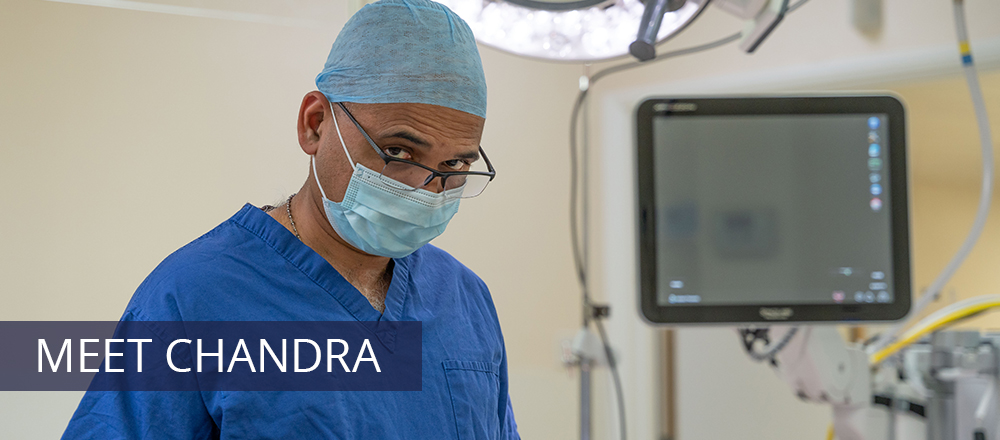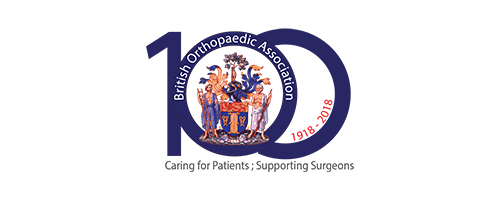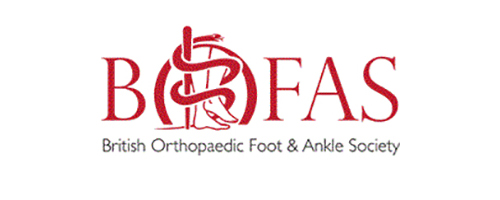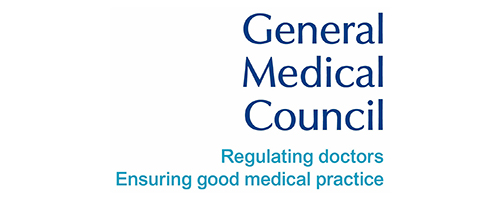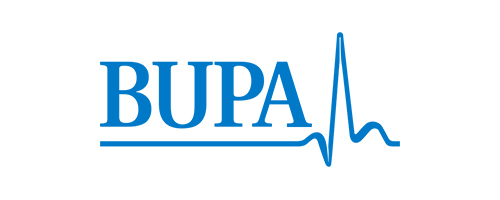ACL reconstruction is usually done by keyhole or arthroscopic surgery, meaning it’s carried out through several small cuts into your knee. Once the anaesthetic has taken effect, your surgeon will make these cuts in the skin over your knee. They’ll use an arthroscope – a thin, flexible tube with a light and camera on the end of it – to see inside your knee.
The surgery involves replacing your torn ligament with a graft, which your surgeon will take first. The graft is usually a piece of tendon from another part of your knee, for example:
- hamstrings, which are tendons at the back of your thigh
- the patellar tendon, which holds your kneecap in place
Sometimes, a graft from a donor may be used. This is called an allograft and will be collected before your surgery.
Your surgeon will then drill a tunnel through your upper shin bone and lower thigh bone. They’ll thread the graft in through the tunnel and fix it in place, usually with screws or staples. Before finishing the operation, your surgeon will make sure there is enough tension on the graft and that you have full range of movement in your knee. Then they’ll close the cuts with stitches or adhesive strips.
Your operation will usually last between one and three hours.
Recovering from ACL Reconstruction
It usually takes about six months to a year to make a full recovery from ACL reconstruction. You’ll see a physiotherapist within the first few days after your operation, who will give you a rehabilitation programme to follow with exercises specific to you. These will depend on many things, including the extent of the damage to your knee and the level of activity you’re hoping to get back to.
Following your rehabilitation programme will help you get your full strength and range of motion back in your knee. Many people are able to progress to walking without crutches within about two weeks after surgery. It usually takes about six to nine months to be able to go back to playing sport. This varies from person to person though and will depend on the sport you play and how well you’re recovering. Some people wear a knee brace when they return to playing sport. However, they can be bulky and awkward to wear. You don’t need to wear one – it doesn’t seem to make a difference to how well your knee functions. But you might find that it helps build your confidence as your knee will feel supported.
During your recovery, you can take over-the-counter painkillers such as paracetamol or anti-inflammatory medicines such as ibuprofen. Make sure you read the patient information that comes with your medicine and if you have any questions, speak to your pharmacist for advice. You can also apply ice packs (or frozen peas wrapped in a towel) to your knee to help reduce pain and swelling. Don’t apply ice directly to your skin though, as it can damage it.
Your surgeon will be able to advise you about when you can return to work, driving, and other activities.
CONTACT INFORMATION
Private Secretary: Jo Evans
joanne.evans66@nhs.net
NHS Secretary: Jo Brindle
jo.brindle@wvt.nhs.uk

